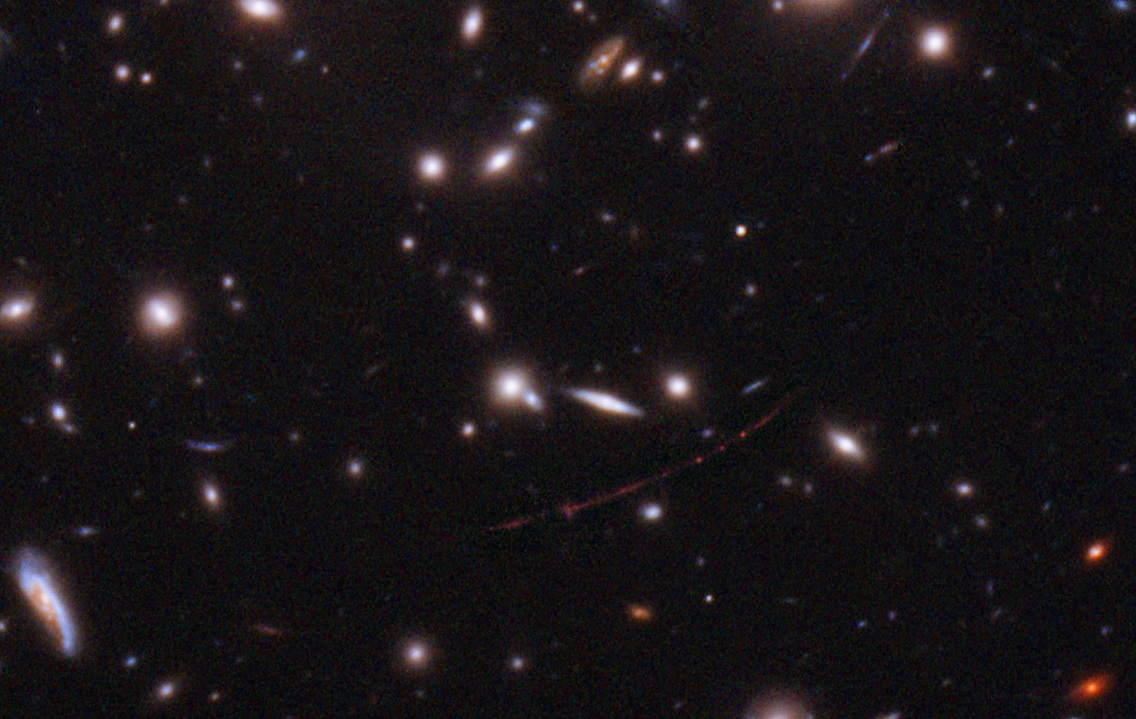
NASA said on Wednesday that its Hubble Space Telescope detected the farthest individual star ever seen to date that existed within the first billion years after the universe’s birth in the big bang.
The American space agency said that the newly detected star is so far away that its light has taken 12.9 billion years to reach Earth, appearing to us as it did when the universe was only 7 percent of its current age, at redshift 6.2.
NASA’s Hubble makes a breakthrough
The smallest objects previously seen at such a great distance are clusters of stars, embedded inside early galaxies.
“We almost didn’t believe it at first, it was so much farther than the previous most-distant, highest redshift star,” said astronomer Brian Welch of the Johns Hopkins University in Baltimore, lead author of the paper describing the discovery, which is published in the March 30th journal, Nature.
The NASA discovery was made from data collected during Hubble’s RELICS (Reionization Lensing Cluster Survey) program, led by co-author Dan Coe at the Space Telescope Science Institute (STScI), also in Baltimore.
The mystery of the star named Earendel
“Normally at these distances, entire galaxies look like small smudges, with the light from millions of stars blending together,” said Welch. “The galaxy hosting this star has been magnified and distorted by gravitational lensing into a long crescent that we named the Sunrise Arc.”
After studying the galaxy in detail, Welch determined that one feature is an extremely magnified star that he called Earendel, which means “morning star” in Old English. The discovery holds promise for opening up an uncharted era of very early star formation.
Earendel existed so long ago that it may not have had all the same raw materials as the stars around us today,” Welch explained.
“Studying Earendel will be a window into an era of the universe that we are unfamiliar with, but that led to everything we do know. It’s like we’ve been reading a really interesting book, but we started with the second chapter, and now we will have a chance to see how it all got started,” Welch said.
In December, NASA launched the James Webb Space Telescope. The most powerful telescope ever launched into space, its greatly improved infrared resolution and sensitivity will allow it to view stars too old, distant, and faint for the Hubble Space Telescope.
See all the latest news from Greece and the world at Greekreporter.com. Contact our newsroom to report an update or send your story, photos and videos. Follow GR on Google News and subscribe here to our daily email!



